One hundred years since Giuseppe Sommaruga, the art nouveau architect who made Varese great
The great art nouveau architect designed some of the most important works of Italian architecture at the beginning of the 1900s. Today, 27 March 2017, is the one hundredth anniversary of the death of Giuseppe Sommaruga.

The name of Giuseppe Sommaruga, an important figure in Italian art nouveau architecture, is closely linked to the town of Varese, where he came, in the 1910s, to build the hotel complex in Camp dei Fiori, the villas scattered around the slopes of Monte Tre Croci, the Varese – Ponte Tresa tram stations, and the Theatre and Palace Grand Hotel, including restaurant, gambling rooms and clay pigeon shooting range.
With these important and imposing buildings, Varese became a genuine, open-air, art nouveau museum, and there are many creations in this style, which are not very common, except in some other European towns. Sommaruga’s visit to Varese came after the success of the construction in Milan of the Castiglioni Palace, where his formal expression was already mature and independent, getting away from the traditional styles of academic design, with unexpected effects of balance of composition, of colour and material combinations.
Sommaruga also followed the planning with meticulous attention to detail, which he achieved with innovative types of decoration and with a broad, repeated and widespread sampling of motifs and details taken from his formal repertoire.
THE PALACE HOTEL AS IT WAS: A TESTIMONY
A student of Camillo Boiti at the Brera Academy of Fine Arts, Giuseppe Sommaruga came to prominence after he won the first prize in Turin’s international Competition of Architecture, in 1890. In those years, he designed the ossuary in Palestro, and some buildings for accommodation, in Milan, but it was with the creation of the Castiglioni Palace (1901-1903) that he became the most important figure in Milanese art nouveau architecture. Sommaruga was the only Italian architect who used modernist lines to create his style, which was flexible and functional. His most significant works include: the Castiglioni Palace in Milan (1900-1903), the Salmoiraghi House in Milan (1906), the Faccanoni Villa in Sarnico (1907), the Faccanoni Mausoleum in the cemetery in Sarnico (1908), the Romeo Villa in Milan (1911-1913), the Palace Hotel (which is still open), the Tre Croci Hotel in Varese, with its cable railway stop, and the Belvedere Restaurant (which has been closed since 1960).
The photographs and drawings of the buildings in Varese will be part of the large exhibition that Milan is dedicating to Giuseppe Sommaruga on the centenary of his death; the exhibition is being promoted by Italia Liberty, and will be managed by Andrea Speziali.
La community di VareseNews
Loro ne fanno già parte
Ultimi commenti
gokusayan123 su Saronno, furto in un bar: arrestati due uomini grazie alla segnalazione dei passanti
Giulio Moroni su È morto il noto architetto varesino Raffaele Nurra
gokusayan123 su Reati in aumento in provincia di Varese: i sindaci preoccupati chiedono più forze dell'ordine
Domotronix su A Tradate l’avvertimento dei rapinatori prima di fuggire: “Non denunciare, tanto se ci beccano domani siamo fuori”
malauros su A Tradate l’avvertimento dei rapinatori prima di fuggire: “Non denunciare, tanto se ci beccano domani siamo fuori”
Prick su Il basket perde una leggenda: è morto Sandro Galleani



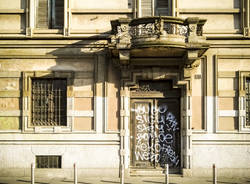
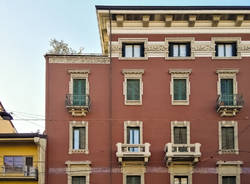


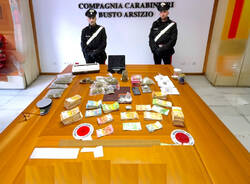
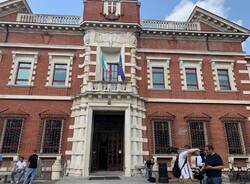

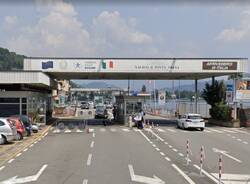








Accedi o registrati per commentare questo articolo.
L'email è richiesta ma non verrà mostrata ai visitatori. Il contenuto di questo commento esprime il pensiero dell'autore e non rappresenta la linea editoriale di VareseNews.it, che rimane autonoma e indipendente. I messaggi inclusi nei commenti non sono testi giornalistici, ma post inviati dai singoli lettori che possono essere automaticamente pubblicati senza filtro preventivo. I commenti che includano uno o più link a siti esterni verranno rimossi in automatico dal sistema.